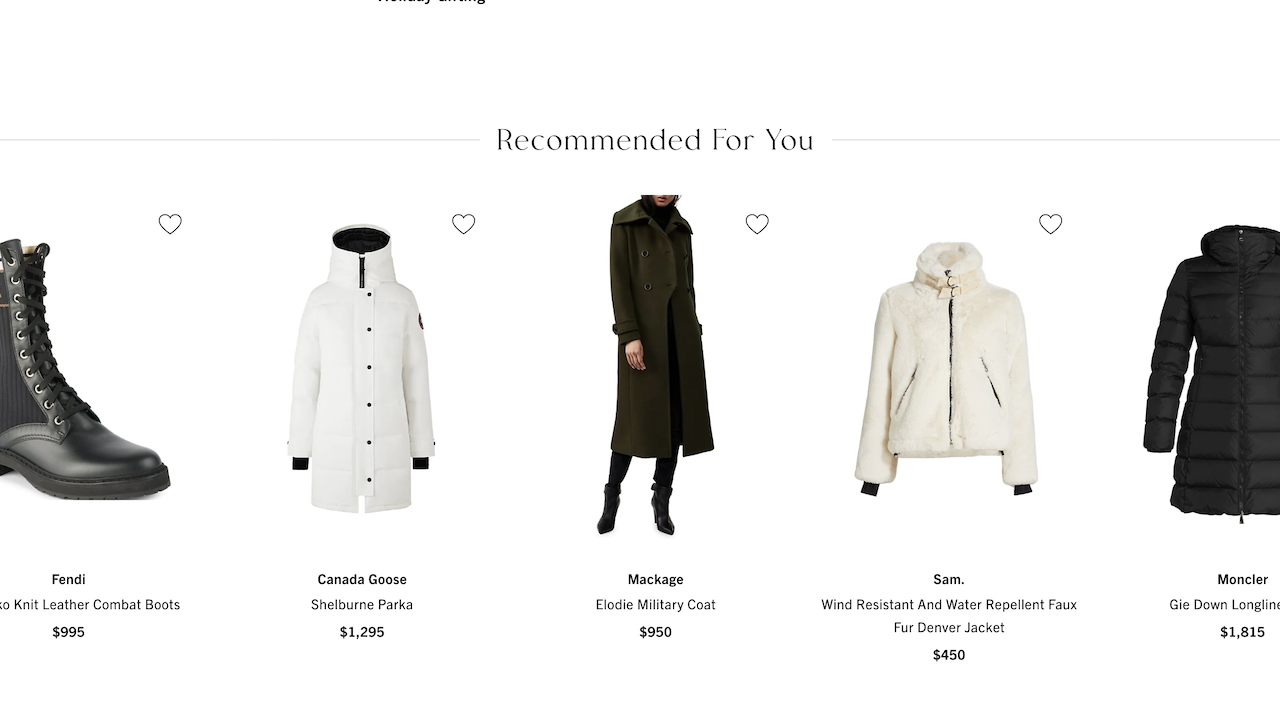Why Your Mobile Shopper Is ‘Gone in Three Seconds’ – WWD
Time is of the essence for mobile shoppers, according to London-based browser testing platform LambdaTest — and the firm has a few tips for preventing the proverbial “let’s bounce.”
Mobile shoppers are an impatient sort of shopper, the firm said, sharing that more than half of mobile users leave a website that takes more than three seconds to load. And if a page takes five seconds to load, the bounce rate will be almost 100 percent.
“The likelihood of a mobile website visitor moving on increases the longer it takes a page to load,” the firm explained. “A three second loading time leads to a bounce rate of 32 percent, five seconds leading to 90 percent, six seconds and it increases to 106 percent, while waiting 10 seconds leads to a bounce rate of 123 percent.
LambdaTest says brands “must prioritize their mobile sites or lose out on sales from 4.57 billion users,” which is the number of people accounted for as active mobile internet users last year. To help mitigate that, the firm offered advice for brands seeking optimization of mobile experiences and a boost in customer engagement, loyalty and sales, inclusive of removing the navigation bar, shortening menus, and limiting downloadable content to increase conversion from mobile shoppers.
By 2025, it’s anticipated that more than 70 percent of internet users worldwide will only use their smartphones to access the internet — and that’s more than 4 billion people, the firm said.
“Businesses today need an online presence, whether for visibility or e-commerce or both — but many business owners are still designing and developing websites for desktops and then trying to make them work well on mobile,” the company explained, adding that “it should be the other way around. And if businesses don’t have a mobile-friendly website, they risk missing out on Google rankings and sales.
The firm said Google has “already responded to these accelerated trends, especially in light of the move to the remote and digital economy with a mobile-first indexing algorithm that prioritizes mobile website content over desktop websites.”
Asad Khan, LambdaTest cofounder and chief executive officer, said, “Mobile users do not spend time waiting for the entire website to load. They want results immediately and within seconds, almost at first glance.”
Khan emphasized that the first impression is often the last impression in a web presence, explaining that “If your website takes time to load completely, they won’t wait. If your website is not presentable or breaks on their browser, they won’t stay. If your website has an important element, say two scrolls down, they will switch.”
And as far as brands that “believe” they have a good mobile, site, but no metrics to prove it, Khan says brands should realize that content strategy and placement is key on limited screen sizes, which makes keeping track of metrics a priority.
“What does a mobile user seek on a mobile website? Mobile users are goal oriented. Unlike desktop versions of a website, mobile sites must not fill their pages with unnecessary components. The components must also be strategically placed and prioritized in a way that works best for the limited screen size. This is why it is important to note down metrics and areas that are important to customers in a mobile view of any website.”
And lastly, Khan says a mobile-first strategy is “not a one-time event.”
“Test, test and keep testing across multiple browsers and devices. Why? Because dozens of new phones and mobile browsers are released every year, and just because your website looks good on one device doesn’t mean it will look good on others with different screen sizes, viewpoints and resolutions.”
Here, we share LambdaTest’s top 10 tips to keep customers’ attention:
- Remove the navigation bar and simplify by using a short menu.
- Provide a search button and make it visible. Search button relieves the user of the responsibility of finding what they are looking for. Remember to put the search button on all the pages of your website.
- Vertical scrolling is always preferable. Mobile users are more focused on finding what they are looking for so help them to do this.
- Avoid pop-ups. UX and Google has started to penalize websites using full-page pop-ups and decrease their search rankings.
- Disable multiple tab system. A mobile browser does not keep the tabs side by side but stacks these tabs on top of each other.
- Provide click-to-call buttons for phone numbers. Design a click-to-call button where the user can automatically connect to the business.
- Move automatically in forms and validate inputs in real-time. Enable “move to next element” allowing users to populate information without having to press into individual lines. End with the “go” button to move to the next stage.
- Provide a home button on all pages. This will allow users convenient access to the main page without having to navigate. The logo of the company these days should be embedded to return to the home page. It is clean, convenient and a good design method.
- Keep important elements within reach. Devices are typically used with one hand. Ensure actions buttons are centrally located.
- Compress necessary but irrelevant images. Using high-quality images will just lead to the bandwidth.
For more Business news from WWD, see:
Outerwear Brand Launches Upcycling Campaign






